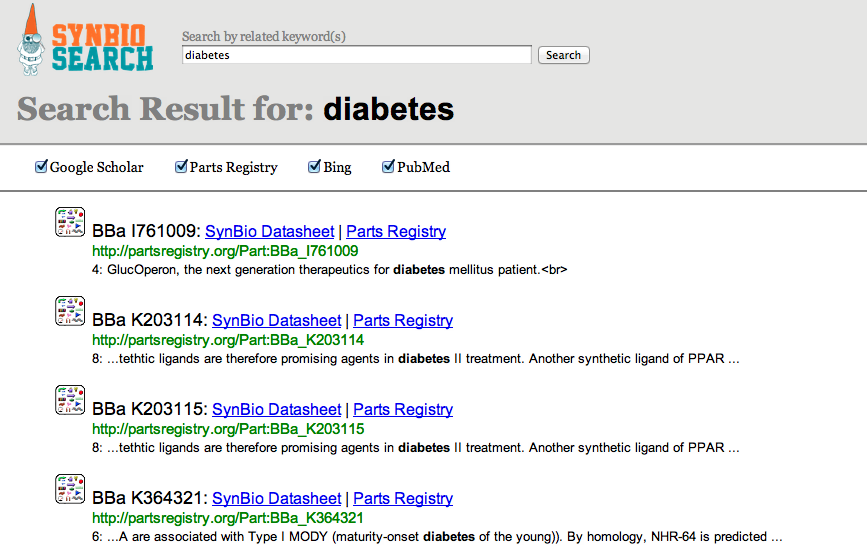Team:Wellesley HCI/Project Overview
From 2012.igem.org
(Difference between revisions)
| (2 intermediate revisions not shown) | |||
| Line 100: | Line 100: | ||
<ul id="nav"> | <ul id="nav"> | ||
<li><a href="https://2012.igem.org/Team:Wellesley_HCI/Team">Team</a> | <li><a href="https://2012.igem.org/Team:Wellesley_HCI/Team">Team</a> | ||
| - | <ul> | + | <ul> |
| + | <li><a href="https://2012.igem.org/Team:Wellesley_HCI/Team">Team Members</a></li> | ||
<li><a href="https://2012.igem.org/Team:Wellesley_HCI/Notebook">Notebook</a></li> | <li><a href="https://2012.igem.org/Team:Wellesley_HCI/Notebook">Notebook</a></li> | ||
<li><a href="https://2012.igem.org/Team:Wellesley_HCI/Acknowledgement">Acknowledgement</a></li> | <li><a href="https://2012.igem.org/Team:Wellesley_HCI/Acknowledgement">Acknowledgement</a></li> | ||
| Line 117: | Line 118: | ||
</li> | </li> | ||
| - | <li><a href=" | + | <li><a href="https://2012.igem.org/Team:Wellesley_HCI/Human_Practices">Human Practices</a> |
<ul> | <ul> | ||
| - | <li><a href="https://2012.igem.org/Team:Wellesley_HCI/Methodology">Methodology</a></li> | + | <li><a href="https://2012.igem.org/Team:Wellesley_HCI/Human_Practices">User Research</a></li> |
| + | <li><a href="https://2012.igem.org/Team:Wellesley_HCI/Methodology">Methodology</a></li> | ||
<li><a href="https://2012.igem.org/Team:Wellesley_HCI/Safety">Safety</a></li> | <li><a href="https://2012.igem.org/Team:Wellesley_HCI/Safety">Safety</a></li> | ||
<li><a href="https://2012.igem.org/Team:Wellesley_HCI/Outreach">Outreach</a></li> | <li><a href="https://2012.igem.org/Team:Wellesley_HCI/Outreach">Outreach</a></li> | ||
| Line 127: | Line 129: | ||
</ul> | </ul> | ||
| - | <!--End NavBar--> | + | <!--End NavBar--> |
| Line 141: | Line 143: | ||
| - | Synthetic biology will require a multidisciplinary, collaborative design environment in order to engineer the complex biological systems of the future. In addition, as synthetic biology develops as a field, it is increasingly important to communicate to the public the excitement and constraints of cutting-edge research. Our team is creating a collection of software tools, which address specific technical synthetic biology challenges while simultaneously advancing the way in which users interact with computing environments. We also utilize advances in human-computer interaction to communicate core concepts of synthetic biology to the public. <a href="https://2012.igem.org/Team:Wellesley_HCI/SynBio_Search">Synbio Search</a> is an online tool that generates data sheets for biological parts by aggregating data from various publicly available resources. <A href="https://2012.igem.org/Team:Wellesley_HCI/MoClo_Planner">MoClo Planner</a> visualizes the Golden Gate Modular Cloning process and facilitates hierarchical design and production of multi-gene constructs. <a href="https://2012.igem.org/Team:Wellesley_HCI/ | + | Synthetic biology will require a multidisciplinary, collaborative design environment in order to engineer the complex biological systems of the future. In addition, as synthetic biology develops as a field, it is increasingly important to communicate to the public the excitement and constraints of cutting-edge research. Our team is creating a collection of software tools, which address specific technical synthetic biology challenges while simultaneously advancing the way in which users interact with computing environments. We also utilize advances in human-computer interaction to communicate core concepts of synthetic biology to the public. <a href="https://2012.igem.org/Team:Wellesley_HCI/SynBio_Search">Synbio Search</a> is an online tool that generates data sheets for biological parts by aggregating data from various publicly available resources. <A href="https://2012.igem.org/Team:Wellesley_HCI/MoClo_Planner">MoClo Planner</a> visualizes the Golden Gate Modular Cloning process and facilitates hierarchical design and production of multi-gene constructs. <a href="https://2012.igem.org/Team:Wellesley_HCI/SynFlo">SynFlo</a> is an interactive installation that utilizes tangible and tabletop human-computer interaction techniques to illustrate core concepts of synthetic biology in outreach programs. The application of novel human-computer interaction techniques to synthetic biology fosters the development of more effective, collaborative, and intuitive software tools, which enhance the design-build-test methodology. |
| Line 151: | Line 153: | ||
<a href="https://2012.igem.org/Team:Wellesley_HCI/SynBio_Search"><div class="projectBar"> | <a href="https://2012.igem.org/Team:Wellesley_HCI/SynBio_Search"><div class="projectBar"> | ||
<div><div class="projectAbout"> | <div><div class="projectAbout"> | ||
| - | A synthetic-biology search engine that aggregates biological -data from multiple databases | + | A synthetic-biology search engine that aggregates biological -data from multiple databases for the research process. |
</div></div> | </div></div> | ||
<div class="projectName"> | <div class="projectName"> | ||
| Line 168: | Line 170: | ||
</div> | </div> | ||
</div></a> | </div></a> | ||
| - | <img src="http://cs.wellesley.edu/~hcilab/iGEM2012/images/ | + | <img src="http://cs.wellesley.edu/~hcilab/iGEM2012/images/moclo/moclo2withhands.png" alt="MoClo Planner" |
style="width:500px; margin:-20px 0 0 -150px;"> | style="width:500px; margin:-20px 0 0 -150px;"> | ||
</div> | </div> | ||
Latest revision as of 23:57, 3 October 2012

 "
"





